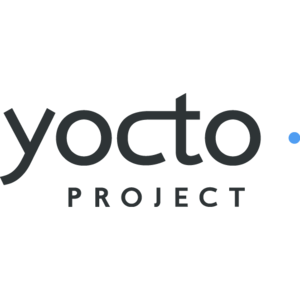Difference between revisions of "第三層"
From ICOP tech wiki
| Line 38: | Line 38: | ||
<li> <span class="plainlinks">[[第四層|First Time? Start Here <---]]</span> | <li> <span class="plainlinks">[[第四層|First Time? Start Here <---]]</span> | ||
</li> | </li> | ||
| − | <li> Using the recovery SD card | + | <li> [[1-1-1-1-1-1-2|Using the recovery SD card]] |
</li> | </li> | ||
</ul> | </ul> | ||
| Line 45: | Line 45: | ||
</p> | </p> | ||
<ul> | <ul> | ||
| − | <li> <span class="plainlinks">Hello World 'C' application</span> | + | <li> <span class="plainlinks">[[1-1-1-1-1-2-1|Hello World 'C' application]]</span> |
</li> | </li> | ||
| − | <li> Building a Qt Hello World | + | <li> [[1-1-1-1-1-2-2|Building a Qt Hello World]] |
</li> | </li> | ||
| − | <li> Debugging with Eclipse | + | <li> [[1-1-1-1-1-2-3|Debugging with Eclipse]] |
</li> | </li> | ||
| − | <li> TFTP & NFS | + | <li> [[1-1-1-1-1-2-4|TFTP & NFS]] |
</li> | </li> | ||
</ul> | </ul> | ||
Revision as of 16:49, 5 March 2020
| Developers Guide |
Supporting NXP's i.MX 8QuadMax, the SPEAR-MX8 allows designers to use a single System on Module in a broad range of applications to achieve short time-to-market for their current innovations, while still accommodating potential R&D directions and marketing opportunities. This highly scalable SoM is an ideal solution for embedded products requiring advanced performance processing, high-end graphics, Ultra HD video capabilities and a variety of high-speed interfaces and connectivity options, such as USB3, CAN FD, and many more.
|
